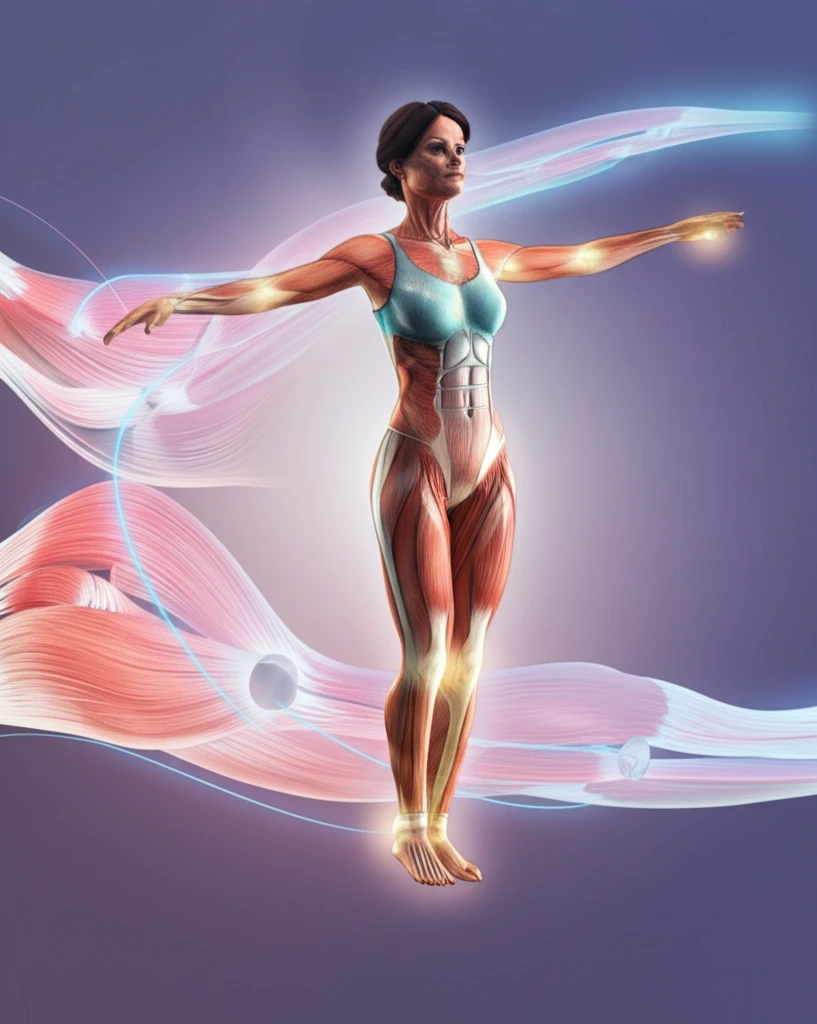
Unlocking the Secrets of Joint Hypermobility: Can Strength and Balance Training Make a Difference?
"Exploring the Link Between Muscle Activity, Stability, and Joint Flexibility in Women"
Generalized joint hypermobility (GJH) is a condition where joints are more flexible than normal. It affects people differently; some experience no issues, while others deal with pain, instability, and related complications. Often underestimated, GJH's impact can range from mild inconvenience to significantly affecting daily life. This article explores the nuances of GJH, aiming to shed light on how targeted interventions like strength and balance training can make a tangible difference, particularly for women, who are often more affected.
Understanding GJH is crucial for anyone experiencing symptoms like recurrent joint dislocations, soft tissue injuries, or chronic pain. While some might dismiss hypermobility as simply being 'flexible,' it's important to recognize its potential to impact musculoskeletal health and overall well-being. Accurate diagnosis and appropriate management strategies are key to mitigating symptoms and improving quality of life.
This article will focus on the findings of a recent study investigating the relationship between GJH, muscle strength, balance, and muscle activation. By examining these factors in women with and without symptomatic hypermobility, we aim to provide insights into potential therapeutic approaches. Discover how understanding the connection between these elements can lead to more effective strategies for managing GJH and promoting joint stability.
Decoding the Connection: Strength, Balance, and Muscle Activity in Hypermobility

The study aimed to uncover differences in strength, balance, and muscle activity among women with normal joint mobility, those with asymptomatic GJH, and those with symptomatic GJH. Researchers measured peak force (Fmax) and rate of force development (RFD) during isometric contractions of knee extensor and flexor muscles. Balance was assessed via force plate measurements, analyzing anterior-posterior and medio-lateral sway during single-leg stance. Electromyography (EMG) was used to monitor muscle activity in key leg muscles.
- Participants: The study included 195 women: 67 with normal mobility (NM) and 128 with hypermobility (HM). The HM group was further divided into those with symptomatic (HM-s, n=56) and asymptomatic (HM-as, n=47) hypermobility.
- Strength Measurement: Peak force (Fmax) and rate of force development (RFD) were measured during single-leg maximal voluntary isometric contractions of the knee extensor and flexor muscles in a seated position.
- Balance Assessment: Balance was assessed using a force plate to measure anterior-posterior and medio-lateral sway during a 15-second single-leg stance.
- Muscle Activity: Muscle activity was recorded using surface electromyography (EMG) in six leg muscles during sway measurements.
Moving Forward: Practical Implications and Future Directions
While the study didn't find substantial differences, it highlights the complexity of GJH and the need for more sensitive assessment methods. Further research should explore more dynamic and challenging tasks to better reveal neuromuscular differences. Additionally, investigating proprioception, reflex activity, and the impact of targeted exercise interventions could provide valuable insights for managing GJH effectively. Ultimately, a personalized approach that considers individual symptoms and neuromuscular profiles is crucial for optimizing treatment strategies and improving the lives of those with joint hypermobility.
